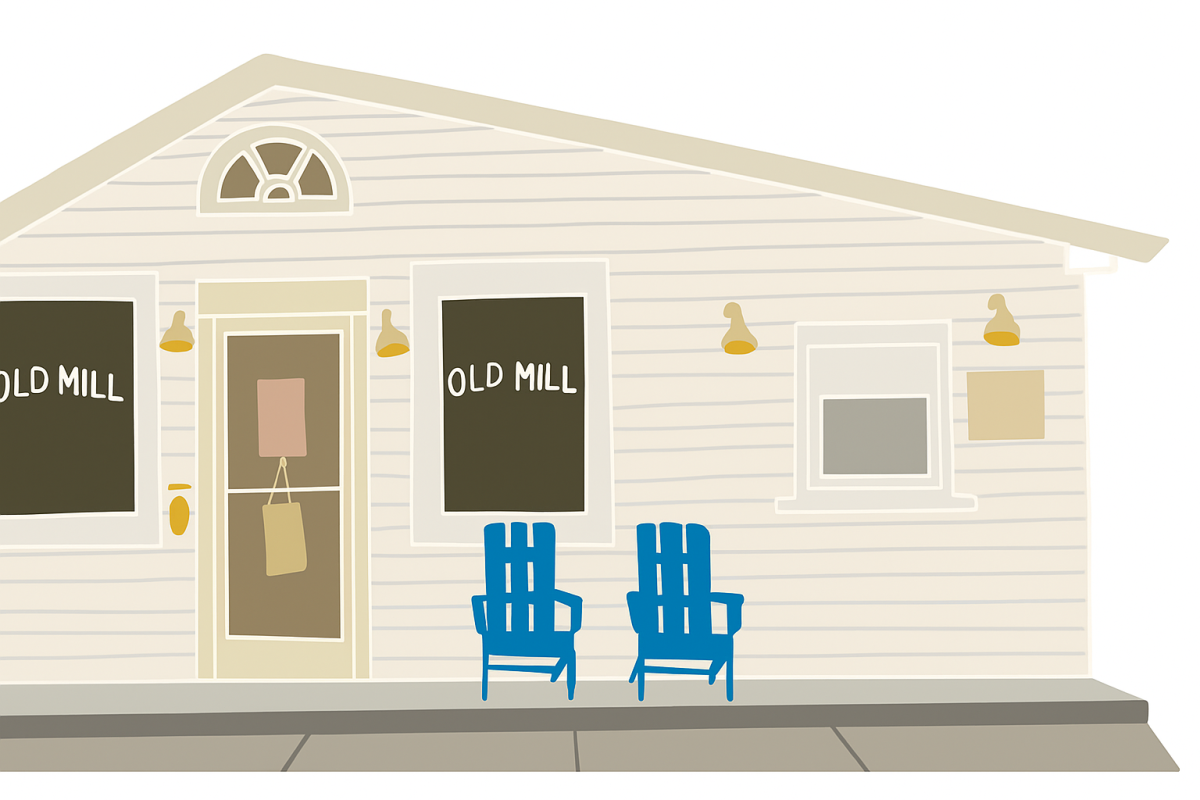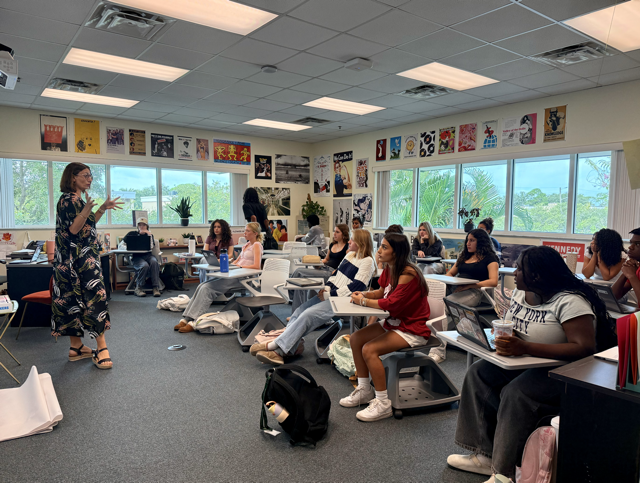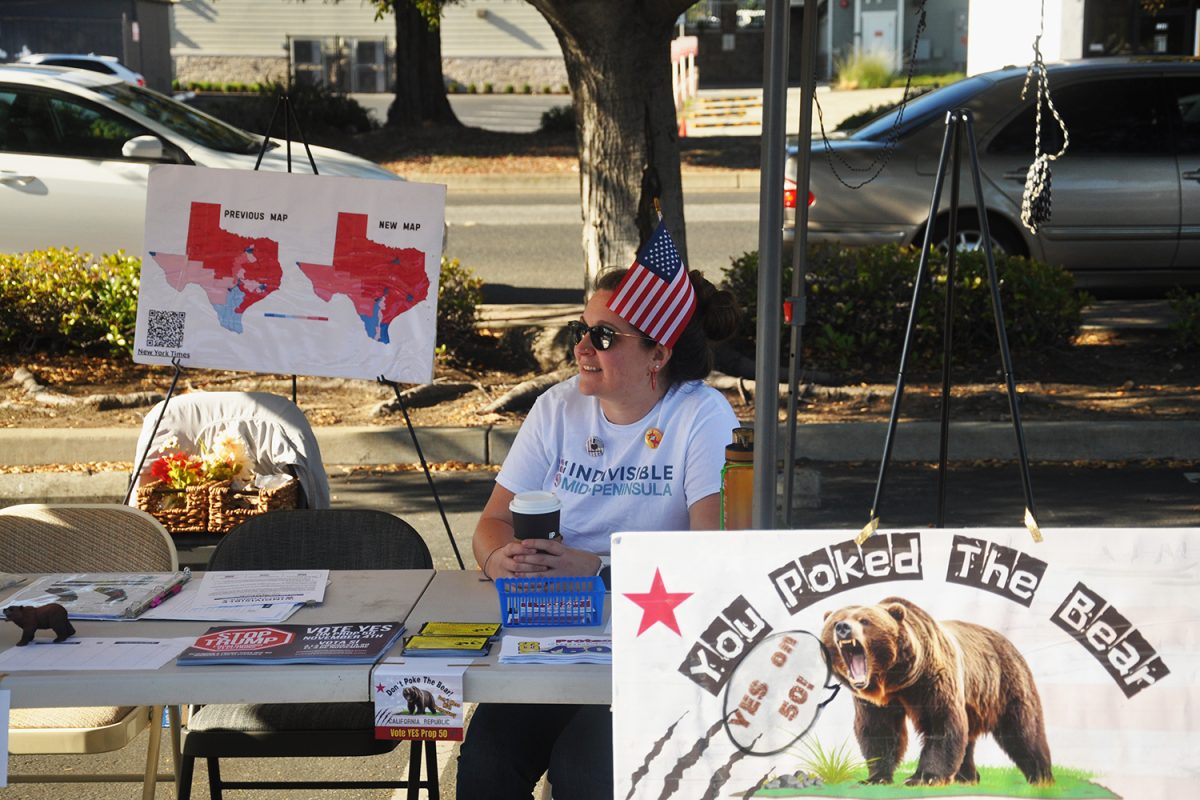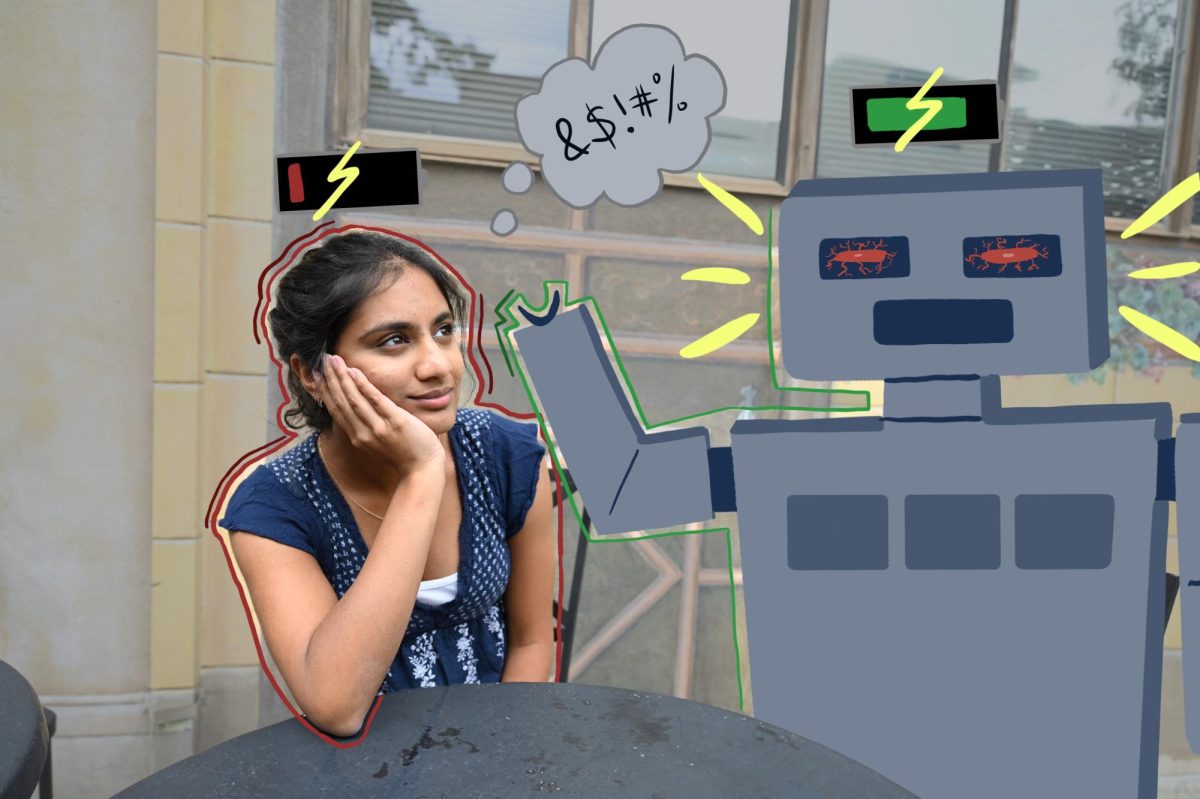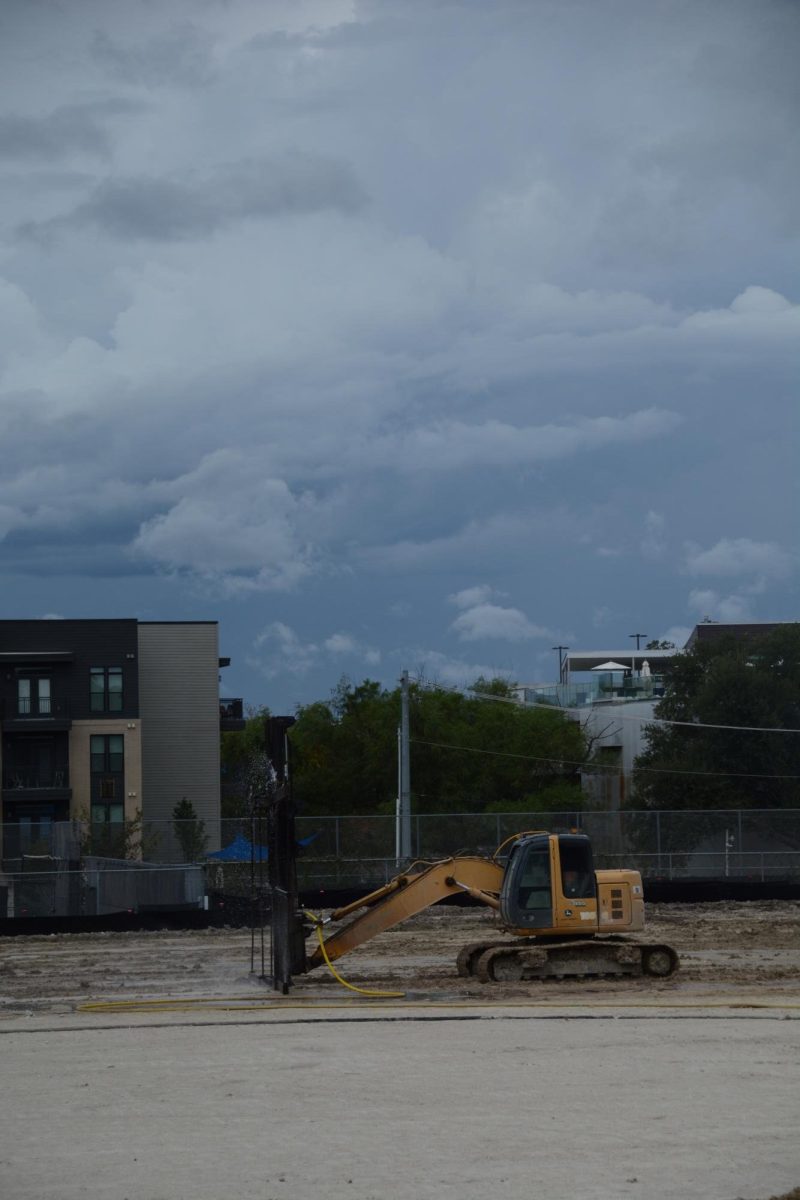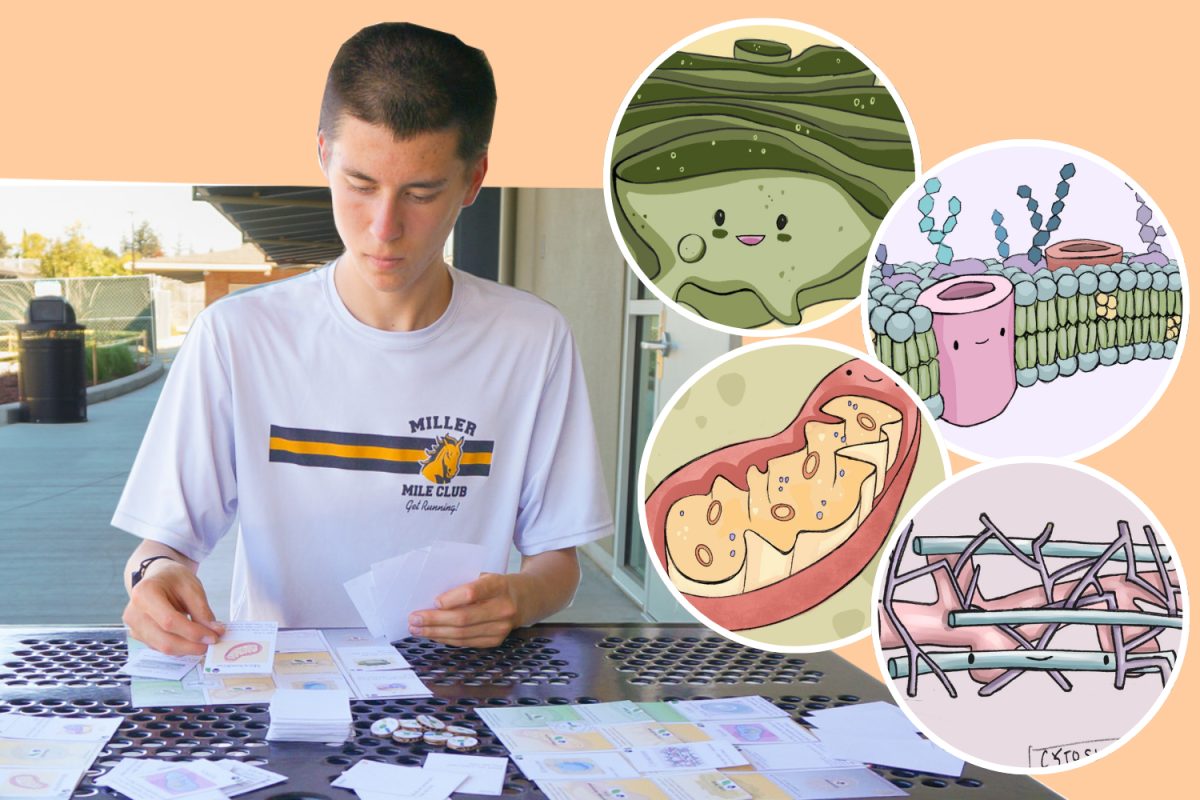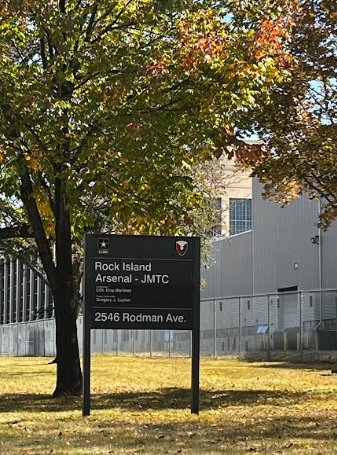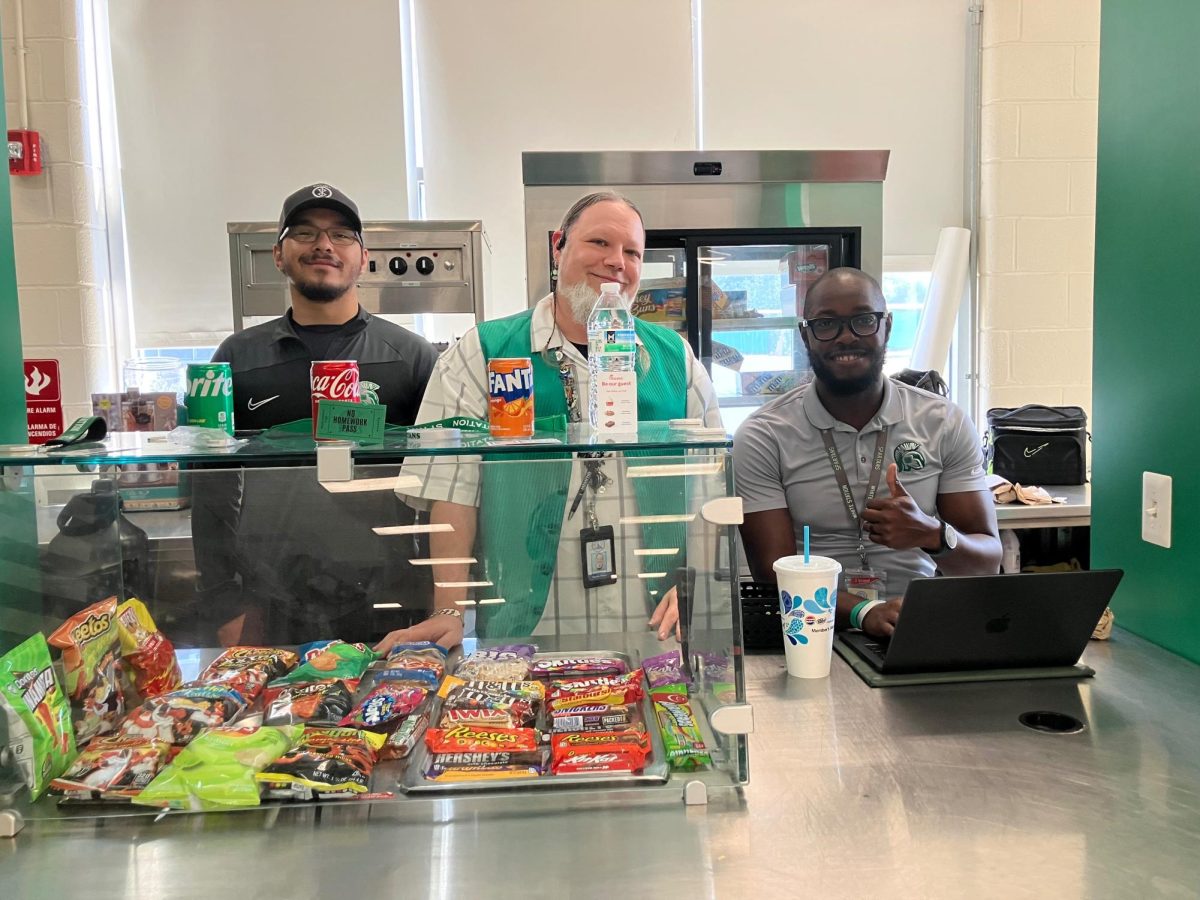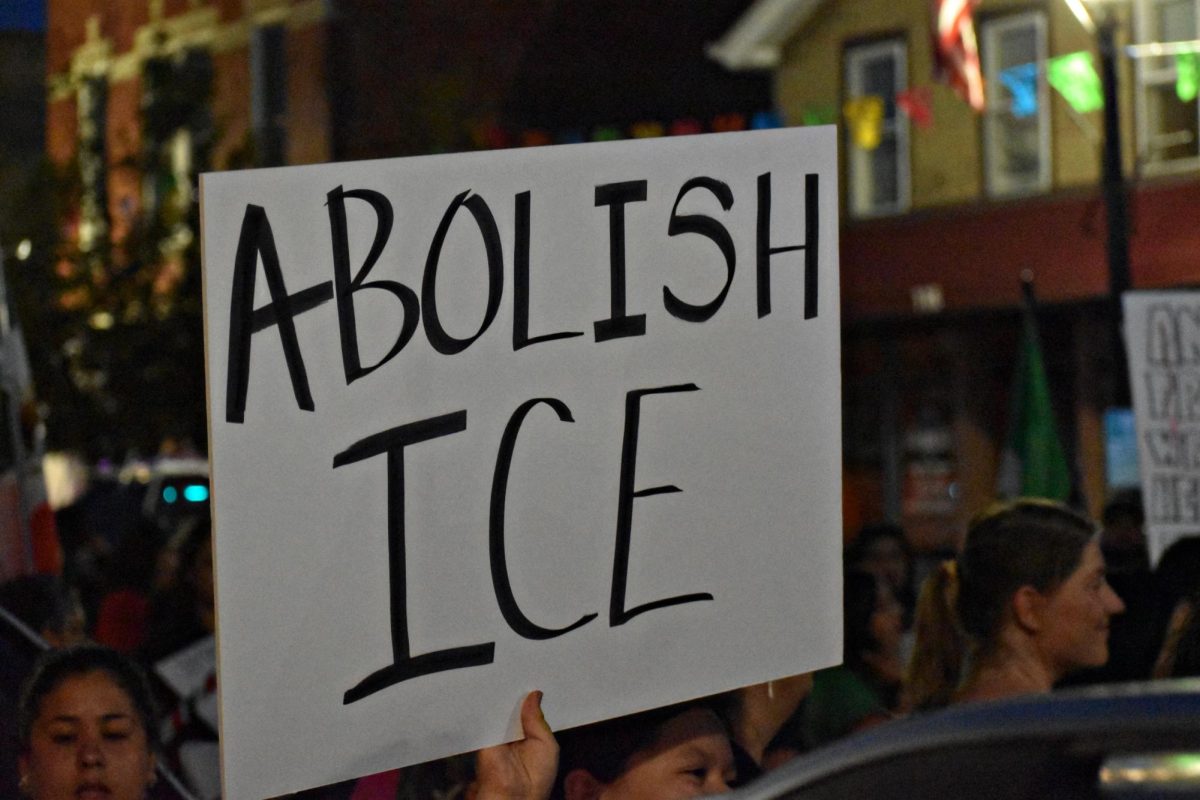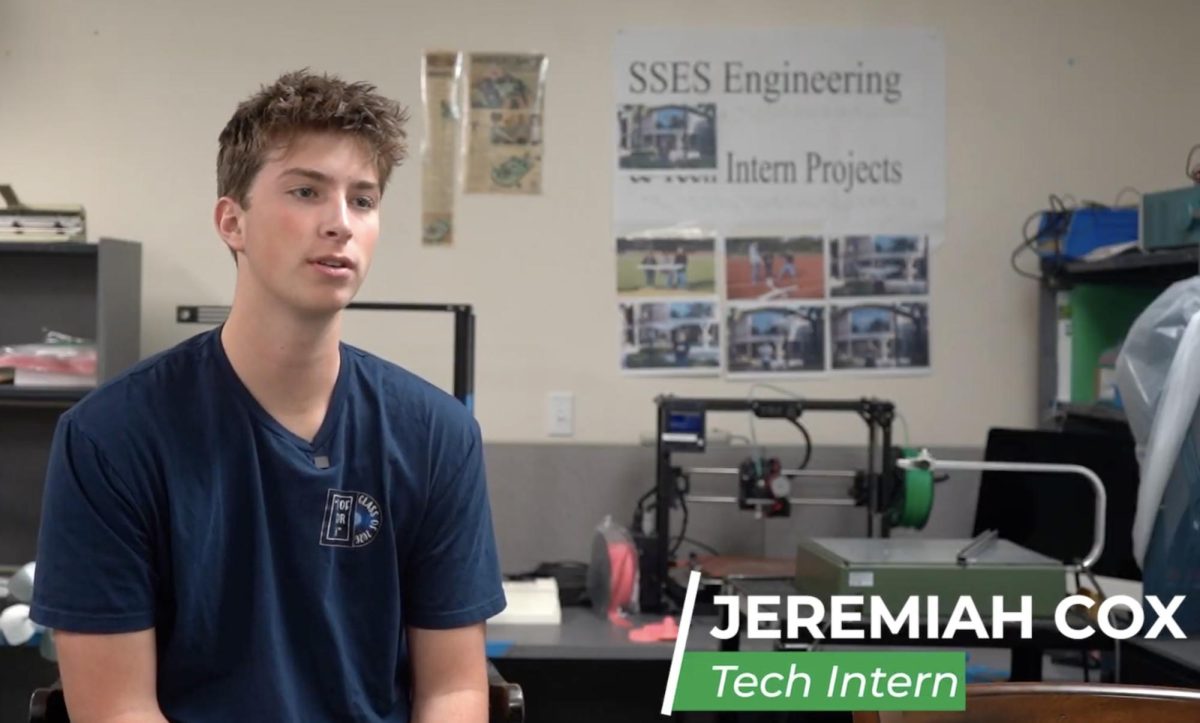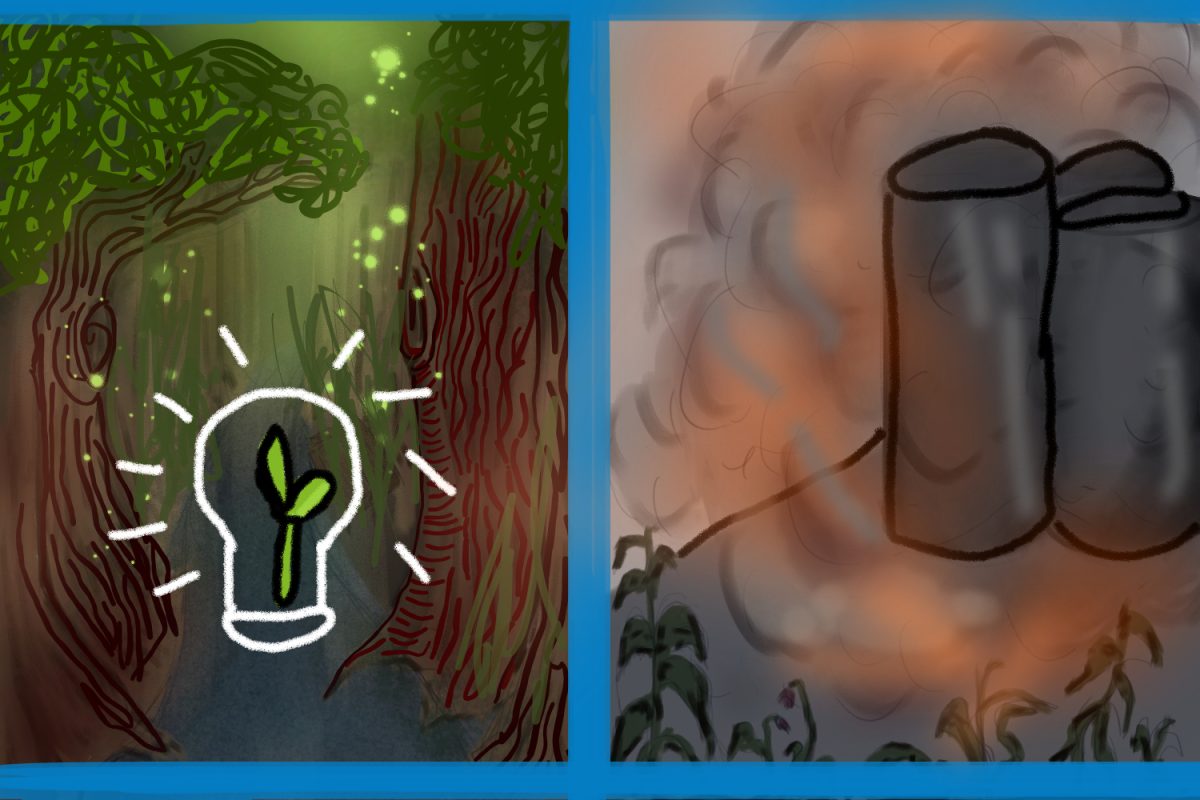From smoggy skies to flood-prone neighborhoods, not every community in San Mateo County faces climate change in the same way.
As cities roll out new sustainability initiatives and emergency preparedness plans, questions of equity and inclusion come to the forefront. Who gets clean air, safe housing, and disaster resources, and who gets left behind? This reveals how deeply environmental justice is tied to diversity, equity, and inclusion (DEI).
As rising sea levels and pollution grow worse, low-income individuals and those who are Black, Indigenous, and people of color (BIPOC), especially in places such as East Palo Alto, often deal with the harshest effects. These people are more likely to live near sources of pollution, lack access to green space, and be excluded from climate planning conversations.
“East Palo Alto continues to address a range of environmental justice challenges that stem from historic inequalities and land use decisions prior to city incorporation,” said Michelle Huang, the assistant planner for East Palo Alto.
Huang helps lead the city’s Environmental Justice Element, a new part of its general plan that focuses on giving everyone access to a clean and safe environment.
While many San Mateo County students celebrated Earth Day by planting flowers or picking up trash, East Palo Alto focused on reversing decades of environmental harm tied to systemic racism. Much of that harm stems from zoning decisions made before the city was incorporated.
“East Palo Alto has a large proportion of industrial land use, which has affected air quality and soil contamination,” Huang said.
To fix this, the city is targeting its efforts where help is needed most.
“Current initiatives include expanding parkland and recreational amenities in Weeks and Willow-Woodland, improving sidewalk and lighting infrastructure in Kavanaugh and University Village, and developing new programs for affordable, high-quality food access,” Huang said.
These projects are part of a broader push to make land use fairer. East Palo Alto has updated zoning rules to block new industrial projects in residential neighborhoods like Willow-Woodland, which already faces higher health risks. The city is also planting trees, fixing sidewalks, and trying to reduce car use with transportation demand strategies that promote walkability.
To protect residents from flood-related contamination, developers building in high-risk areas must now also submit safety plans if hazardous materials are involved. These efforts demonstrate East Palo Alto’s ongoing push for both environmental resilience and fairness.
Policy in action: environmental justice through city planning
Although East Palo Alto has a long history of being overlooked, the city has taken real steps to improve.
“The city has made substantial progress through the implementation of its general plan,” Huang said.
That plan includes detailed policies for improving health outcomes, especially in neighborhoods long exposed to pollution and neglect.
“These policies focus on restoring contaminated sites, enhancing housing quality, expanding green infrastructure, and promoting equitable access to open space, food, transportation, and climate resilience strategies,” Huang said. “These proactive initiatives will further progress to a healthier and just community for the residents.”
Community voices are central to this work. The city teamed up with PlaceWorks, a consulting firm, and partnered with local nonprofits such as Climate Resilient Communities and Nuestra Casa to create multilingual outreach efforts.
“The outreach strategy centers the voices of historically underserved residents,” Huang said.
Young people are also stepping up.
“Youth and schools are important partners in advancing the city’s environmental justice and sustainability goals,” Huang said.
Huang also said that local high school students have helped run workshops and collect public feedback.
Still, the need for change remains urgent. East Palo Alto has significantly higher rates of asthma-related hospital visits than the county average, especially among children. Living close to major highways exposes residents to more air pollution, which worsens breathing problems. In contrast, wealthier cities like Belmont and Redwood City experience fewer health issues related to pollution.
To prevent more harm, the city’s Environmental Justice Element also includes protections like required soil testing, cleaning up contaminated areas, and safety standards for flood-prone zones.
“The Environmental Justice Element requires soil testing and site cleanup where contamination is suspected and establishes standards to prevent the release of hazardous materials in flood-prone or sea level rise zones,” Huang said.
Zoning rules are also being strengthened to stop new sources of pollution in already overburdened neighborhoods.
“These include amending zoning regulations to prohibit new industrial uses in residential neighborhoods such as Willow-Woodland and updating the building code to make sure that new development is energy-efficient, flood-resilient, and heat-resilient,” Huang said.
These changes are part of a larger effort to fix long-standing environmental and health problems in the city.
“These communities have faced disproportionate challenges such as limited access to parks, aging infrastructure, flood risk, and exposure to legacy pollution. However, through policies outlined in the Health and Equity Element and the Environmental Justice Element, the city is actively working to reverse these historic disparities,” Huang said.
Huang said that the city also focuses on urban greening, expanding the tree canopy to cool down neighborhoods and reduce heat islands. The draft of the Environmental Justice Element outlines additional goals to improve indoor air quality, encourage cleaner energy sources, and promote healthier building designs, especially in disadvantaged communities.
All of these efforts tie into broader goals around DEI by making sure all residents, regardless of race or income, are protected from the worst effects of climate change. In many ways, environmental justice is about closing the gap between those who cause the most damage to the planet and those who end up suffering the most.
Countywide efforts
Karen Wang, the communications officer for the San Mateo County Sustainability Department, has an extensive experience in public relations across government, nonprofit, and academic sectors, focusing on sustainability and environmental equity.
Wang said that community voices, especially from low-income, immigrant, or BIPOC neighborhoods, helped shape the 2022 Community Climate Action Plan (CCAP), which aims to reduce 45% of greenhouse gas emissions by 2040.
“Staff engaged over 1,000 community members through an online survey, public workshops, email communications, radio advertisements, and virtual focus groups. We also worked with several community-based organizations to reach diverse community voices,” Wang said.
Wang mentioned that the county’s Planning and Building Department is working on an Environmental Justice Elements Planning Initiative to identify communities that are disproportionately impacted by environmental and health hazards, such as exposure to air pollution, unsafe housing conditions, and creating policies to address those issues.
San Mateo County is ensuring that non-English-speaking or historically underrepresented communities can engage meaningfully in climate planning.
“During CCAP development, the county conducted outreach and engagement with non-English-speaking communities across the county,” Wang said. “Examples include staffing tabling events at community and youth centers, offering surveys in non-English languages, and partnering with community organizations such as Puente de la Costa Sur and Ayudando Latinos a Soñar to host online workshops that provide opportunities for community members to learn about the topic and participate in small-group discussions.”
Similar to East Palo Alto, the San Mateo County Sustainability Department values the voices of the youth to bring change.
“At the county, we know that youth voices are indispensable to sustainability because they bring unique perspectives and innovative ideas that challenge traditional paradigms, driving more adaptable and equitable policies. By actively involving young people in sustainability dialogues, we empower them to influence decisions that will significantly impact their lives, ensuring that future policies reflect their priorities for environmental stewardship and equity,” Wang said.
Wang also mentioned that the the county has two climate education programs, Youth Exploring Climate Science and the Youth Climate Ambassadors (YCA), and one school waste program, Solutions to Waste Schools Program, which feature engaging activities, workshops, field trips, and events in and out of the classroom.
“We also work with school districts to increase energy efficiency and electrify campus buildings, secure funding, and train staff on sustainability,” Wang said.
The department is also measuring if its equity goals are being met.
“All departments regularly report on performance metrics, including metrics that track whether programs and services are reaching populations most in need,” Wang said.
Wang’s success is reflected in the YCA, which has become more inclusive in recent years.
“We’ve worked to expand engagement countywide by refining our outreach, application process, and acceptance criteria to ensure all youth across the county can access our programs,” Wang said. “As a result, the demographics of our 2023-24 and 2024-25 cohorts now closely reflect the racial makeup of San Mateo County, showing that our efforts to engage underrepresented communities through San Mateo County have been successful.”
Green Team’s approaches
At Carlmont High School, senior Tara Krishnan leads the Green Team, a student group that supports environmental causes on campus.
“Green Team promotes sustainability at Carlmont through our various projects, including the gardens that we’ve planted around campus, our trash sort and waste management program, and through the activities we host on campus that help promote environmental awareness and literacy,” Krishnan said.
However, when it comes to environmental justice specifically, Krishnan feels the topic isn’t widely discussed.
“We live in a bit of a bubble here in the Bay Area, so environmental justice issues may often just be overlooked,” Krishnan said. “However, in Green Team, we make environmental justice a key issue to discuss in order to spread awareness to the community and hopefully push for some change.”
To Krishnan, environmental justice means making sure no group is left behind.
“It means ensuring that no one community is unfairly exposed to the harmful effects of climate change, whether that’s living next to a landfill or a chemical processing plant, or living in homes more prone to coastal erosion or wildfires,” Krishnan said. “It also means developing solutions to climate change that are equitable and affordable for all.”
Krishnan first joined the Green Team in her freshman year because she had always been passionate about the environment and helping prevent the effects of climate change. Since then, she has focused on how to make sustainability more accessible.
“One of the biggest issues with climate change solutions in our day and age is that they tend to be extremely expensive to implement. Working on developing ways to make sustainability more affordable is the key to bridging this gap,” Krishnan said.
Still, student-led change can be hard to pull off.
“Oftentimes it’s difficult for us to start a project because we need approval or support from the admin, and that can be difficult to get,” Krishnan said. “I’d like to see our school district take a more active role in addressing the environmental issues that face our school community.”
With Earth Day momentum building across the country, students and cities are stepping up to lead the change, and for Krishnan, it all starts with awareness.
“The best way to start making a difference is to educate yourself,” Krishnan said. “Learn about this issue and why it’s important, and then see what local organizations are doing to combat it. A couple of groups we work with include Citizens’ Climate Lobby and the San Mateo County Office of Sustainability.”
Jaziel Salomon, an Advanced Placement Environmental Science teacher at Carlmont, shares similar sentiments.
“How are you going to know what’s going on if you don’t pay attention to current events? How do you know what the issue really is if you don’t understand the environment? This is important because now you have people who think that climate change isn’t real. Secondly, you need to talk to local legislators, including your city council, mayor, and state senator. People underestimate the impact they will have since we focus so much on the federal government,” Salomon said.
As the fight for environmental justice grows, so does the hope for a more equal and sustainable future.
“We seek to ensure that all residents benefit from a healthier, just, and resilient environment,” Huang said.
This story was originally published on Scot Scoop News on May 19, 2025.


